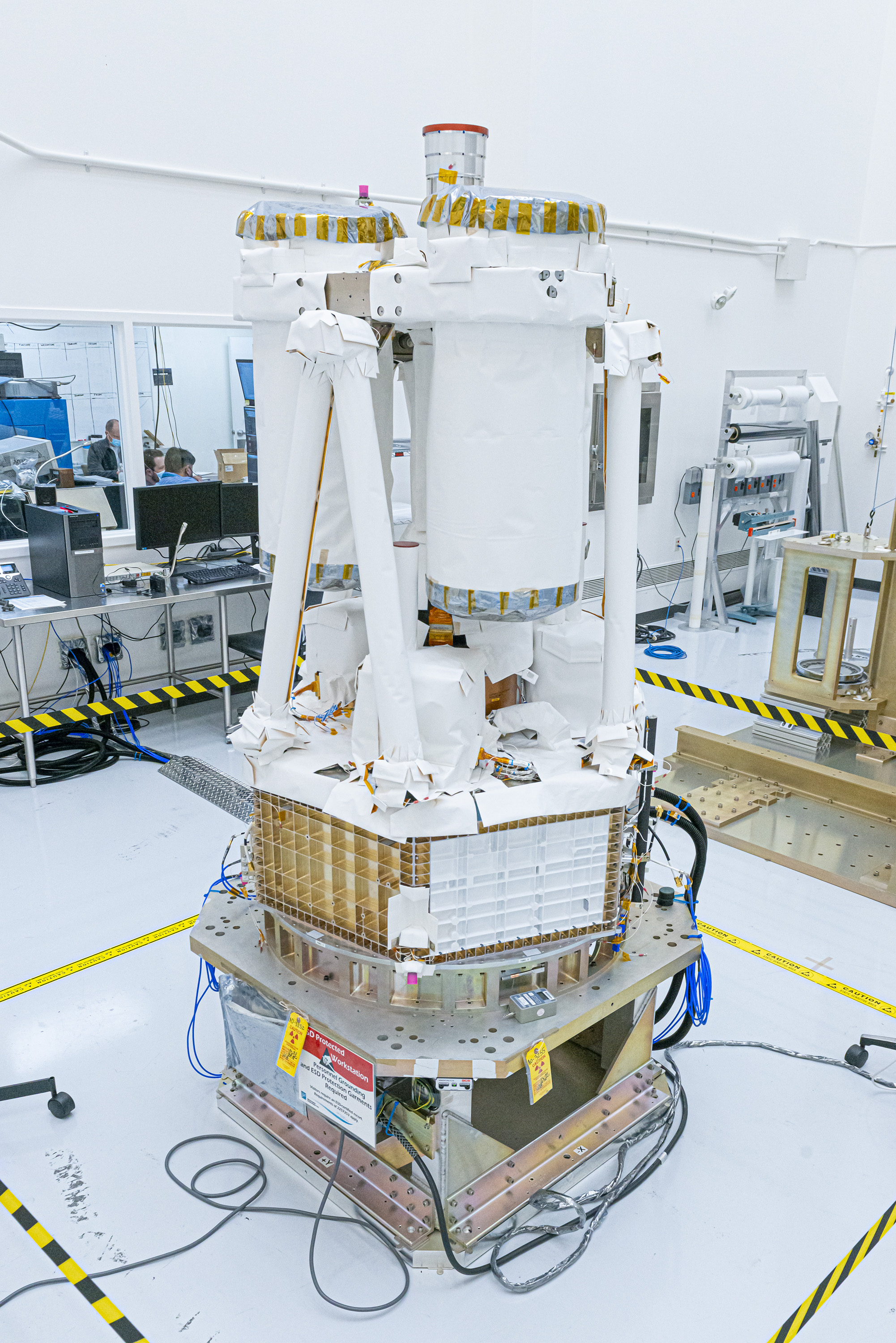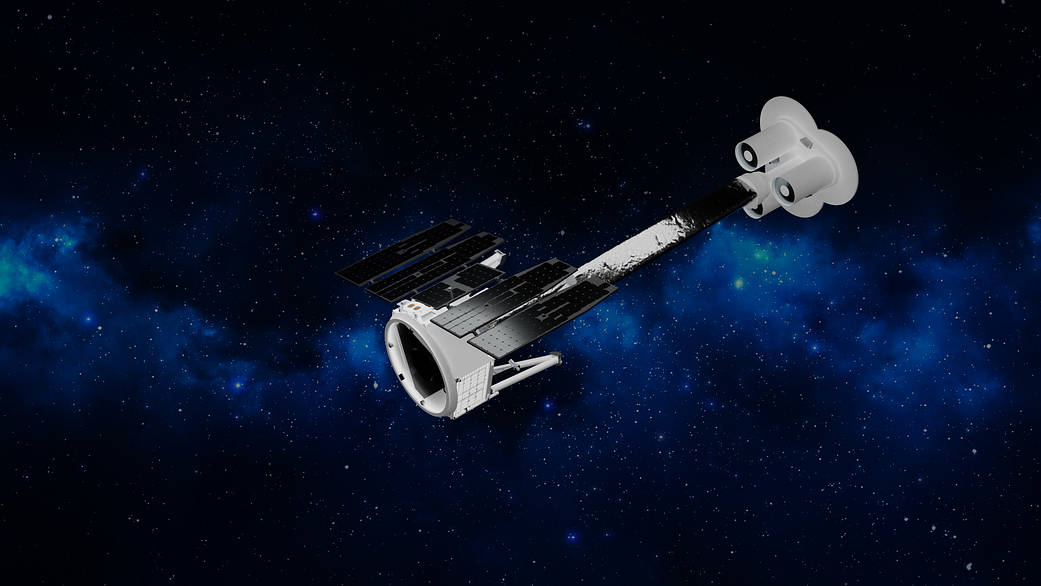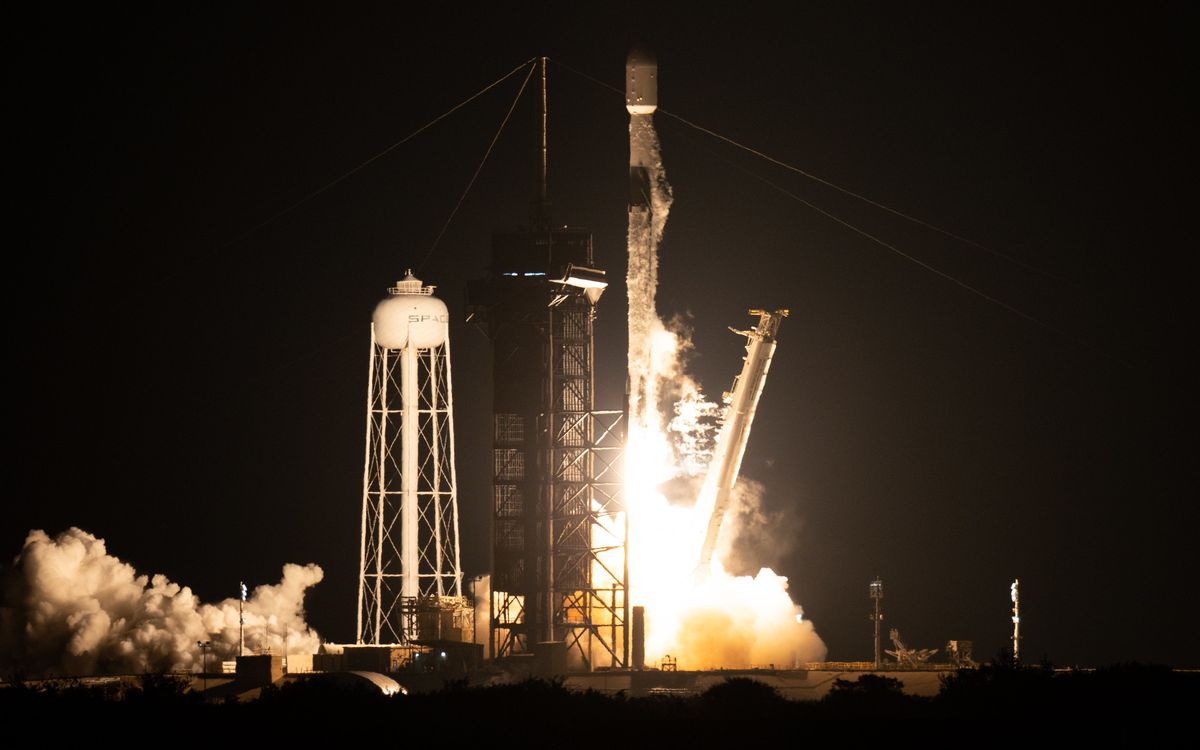IXPE Checks Out X-rays from Extreme Objects
Jennifer Harbaugh Posted on March 22, 2022
NASA’s Imaging X-ray Polarimetry Explorer (IXPE) mission, a joint effort with the Italian Space Agency, has returned data that no other spacecraft has obtained before from a few extreme cosmic objects.
Launched in December 2021, IXPE has detected polarized X-rays from three of its first six targets. Polarized X-rays carry unique details about where the light comes from and what it passes through. By combining these details with measurements of X-rays’ energy and how they change over time, we get a fuller picture of an object and how it works.
Prior to IXPE, the only cosmic object with polarized X-ray measurements was the Crab Nebula, the wreckage of a massive, exploded star whose light swept past Earth nearly 1,000 years ago. In these new observations, IXPE has confirmed the previous Crab Nebula measurements and detected X-ray polarization from a neutron star and a magnetar. A magnetar is a highly magnetic neutron star, a dense object left in the wake of a stellar explosion.
Scientists are now analyzing these preliminary data to better understand what they mean and how they fit in with other observations of these objects.
“Now in its third month of science operations, IXPE is performing as anticipated and is measuring the X-ray polarization of cosmic sources in the high-energy universe,” said Steve O’Dell, IXPE’s project scientist at NASA’s Marshall Space Flight Center in Huntsville, Alabama. “We are excited to see these new results, about a half-century after the pioneering work of IXPE’s principal investigator Martin Weisskopf and look forward to using this new tool to understand better the workings of neutron stars, black holes, and more.”
Weisskopf was part of a team from Columbia University that first detected polarized X-rays from the Crab Nebula in 1971 using a sounding rocket experiment. About five years later, in 1976 and 1977, the Columbia team used NASA’s eighth Orbiting Solar Observatory (OSO-8) to confirm that X-rays from the Crab Nebula are polarized by a degree of almost 20 percent. IXPE measures the polarization of X-rays with higher precision, but its preliminary results agree with observations from OSO-8 and more recent measurements taken by a small satellite called PolarLight.
Another object IXPE has looked at recently is the magnetar 4U 0142+61 in the constellation Cassiopeia. The third object that IXPE detected polarized X-rays is the binary accreting neutron star system Hercules X-1, which consists of a low-mass star and a neutron star that is pulling material off it.
The other targets for IXPE’s first science observations were the supernova remnant Cassiopeia A and the active galaxy Centaurus A, as well as the Sagittarius A Complex at the center of the Milky Way, a region that includes the black hole Sagittarius A*. Preliminary analyses have not detected X-ray polarization from these objects so far, but more detailed analyses are underway.
IXPE’s first datasets are now publicly available through NASA’s High Energy Astrophysics Science Archive Research Center, managed by the agency’s Goddard Space Flight Center in Greenbelt, Maryland.

blogs.nasa.gov



